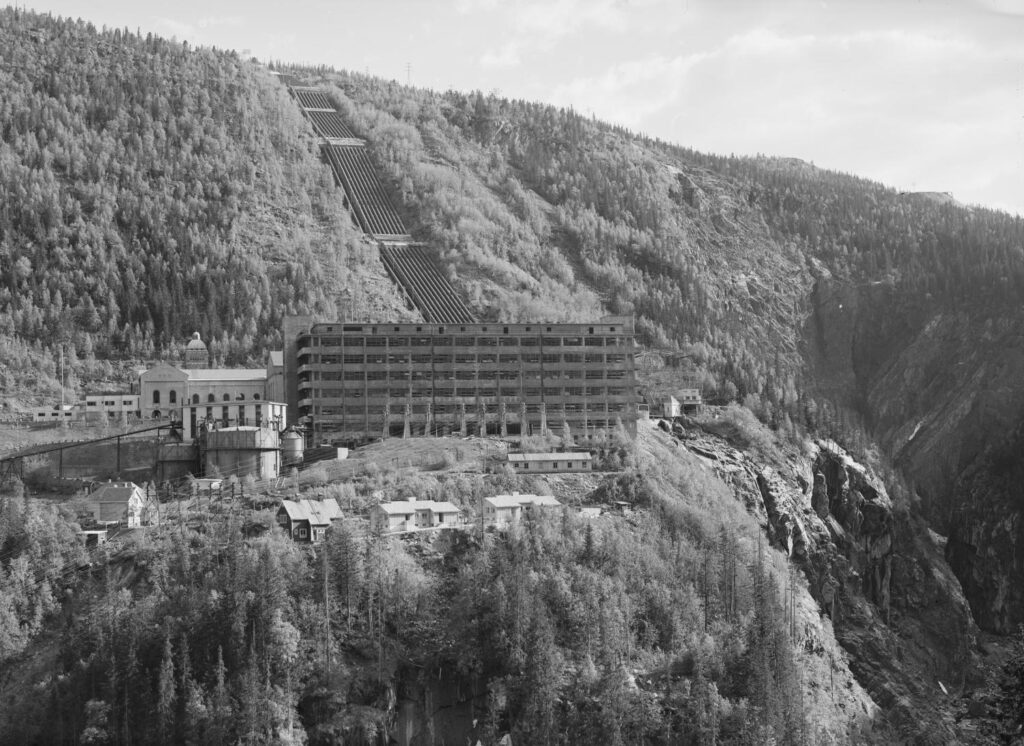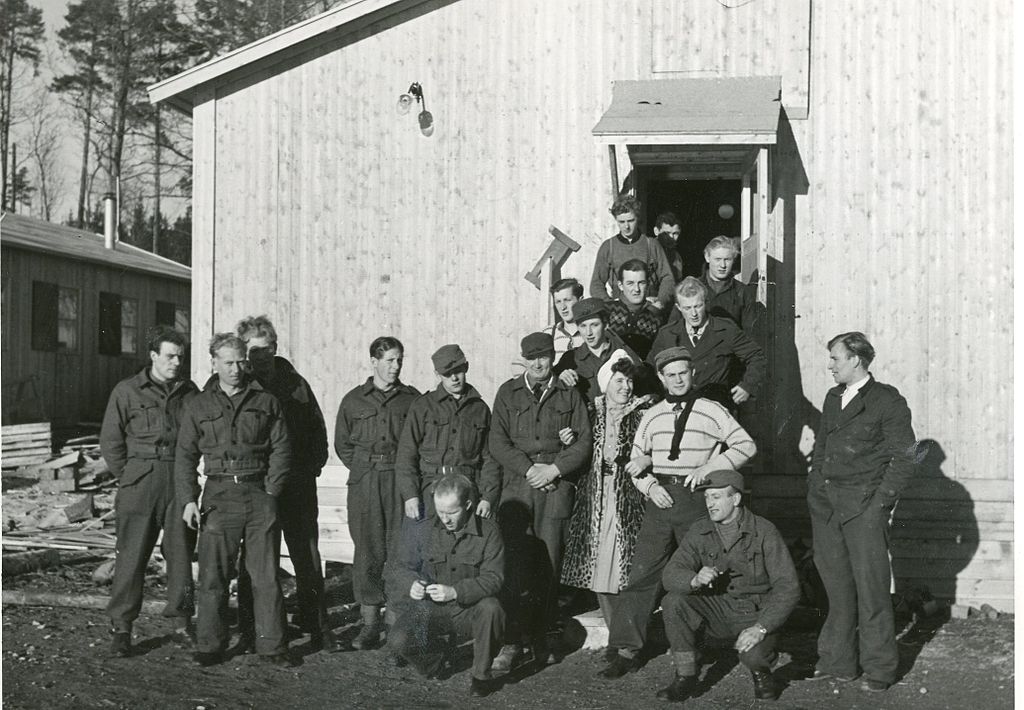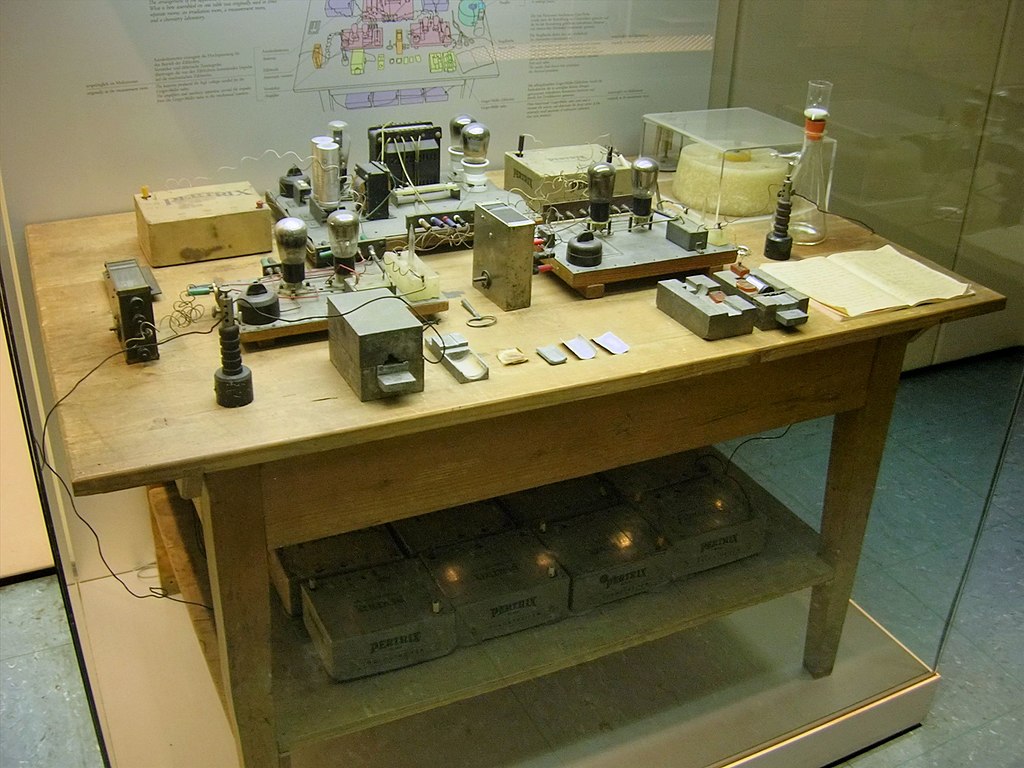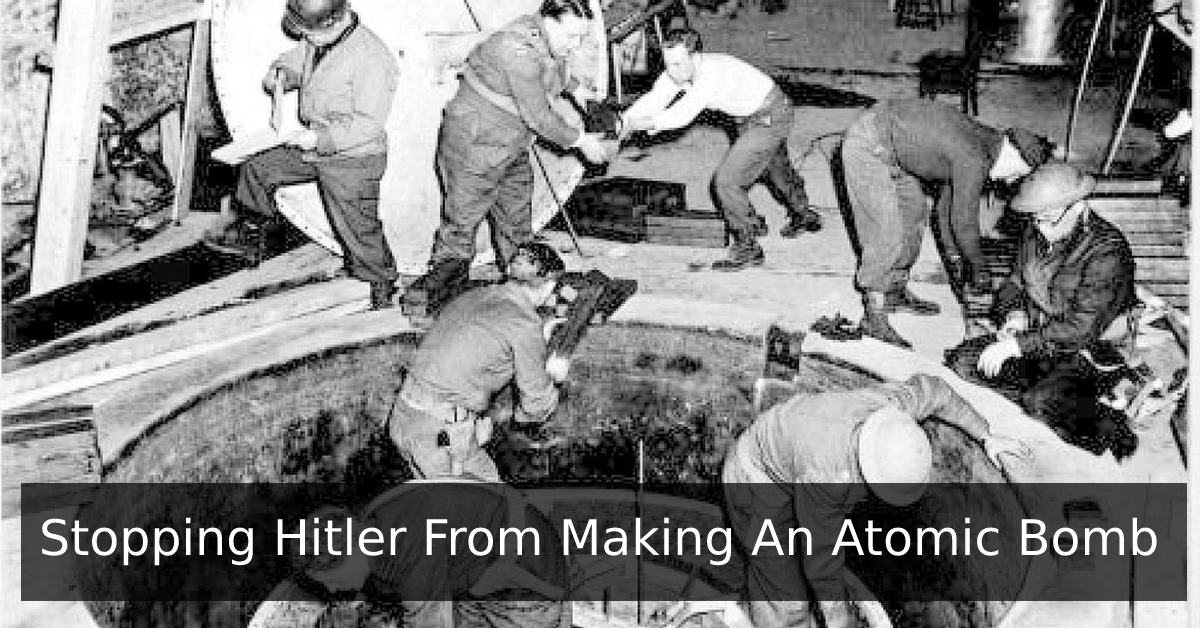The Norway Heavy Water Raids, 1940–1944
What would have happened if the Nazis had acquired the capacity to develop a nuclear bomb during the Second World War? It is a troubling thought. Perhaps they might have shown some restraint in utilizing it in the early stages of the war. After all, even the Nazis would have been able to see the disadvantages of conquering Russia if much of the country had been reduced to a nuclear wasteland. But Moscow would almost certainly have been bombed and this alone would have forced Stalin effectively into surrendering as the Japanese did to the United States in 1945. However, had the Nazis acquired ‘the bomb’ in 1943 or 1944, by which time they were comprehensively losing the war, it would most likely have been used widely as a conventional weapon of war with absolutely appalling consequences.

The Norway Heavy Water Raids, then, were a highly significant, but also a largely forgotten part, of the Second World War. During the war most of the Third Reich’s research into the development of nuclear technology was centered on southern Norway. Here the Nazis were working on heavy water technology to aid in nuclear fission. The Allies were well aware of this and between 1940 and 1944 carried out a series of raids against the sites where this work was being carried out.

Before assessing these raids, though, it is important to ask just what exactly was heavy water technology? In 1934 an Italian physicist by the name of Enrico Fermini had discovered that if uranium could be enriched by bombarding it with neutrons it could be turned into a source of great power. Subsequent research by other European physicists confirmed that this process could be used to create nuclear fission, but the process was highly unstable. What was needed was a substance which could moderate the secondary neutrons produced during the process. It was discovered by 1938 that heavy water could be used to stabilize the nuclear fission process. This was a type of water which had been first produced in 1932 where the isotype deuterium, otherwise known as heavy hydrogen, replaces the standard hydrogen in water. By the end of the 1930s it was being mass produced at the Vemork hydroelectric plant in the Telemark region of southern Norway. Unsurprisingly, when the Nazis rapidly conquered Norway in the spring of 1940, they quickly took over the plant and began working here on heavy water technology and how it might be used to develop both nuclear energy and a nuclear weapon. They had to start from scratch though, as just days before the Nazi invasion of Norway the government in Oslo had removed all of its heavy water deposits to France, from where it was subsequently sent to Scotland, putting it out of the hands of Hitler’s regime.

Despite this initial success in 1940 the Allied command continued to monitor the Vemork plant with the aid of the Norwegian resistance. By 1942 production of heavy water by the Nazis there was significant enough that action needed to be taken. The result was three raids between the autumn of 1942 and the spring of 1943. The first of these, codenamed Operation Grouse, saw British Special Operations successfully place four Norwegian Resistance fighters on the plateau above the Vermork plant in October 1942. However, this was just a preliminary maneuver for the second raid, Operation Freshman, attempted in November 1942. In this latter endeavor the Allies sought to land British paratroopers near the plant. It was intended that they would then rendezvous with the Norwegians who had been inserted during Operation Grouse and who had been gathering intelligence on the plant over the previous weeks. But Operation Freshman ended in complete failure when the landing was botched and one of the planes crashed. Nearly all of the British troops involved were either killed or captured, but in a vital occurrence the Norwegian troops who had been placed in the region as part of Operation Grouse were not apprehended and remained active near the plant.
Consequently in the weeks that followed the British had developed a new strategy which would utilize the Norwegian Resistance fighters there. Operation Gunnerside was launched in February 1943. It saw six additional Norwegian commandos dropped into the region. These quickly made contact with the units from Operation Grouse and on the night of the 27th of February the combined units, eleven Norwegian commandos in all, made their move. Security had been improved at Vermork following the failed British raid the previous November. As a result the Norwegians sneaked into the plant by swimming through the ice cold river and gaining access through a basement. Schematics of the plant had been provided to them in advance by a Norwegian Resistance fighter who worked in the plant and they were further aided by a Norwegian caretaker who they stumbled across in the basement. Proceeding to the electrolysis lab where the heavy water was produced they set a series of charges before making their escape undetected. When the charges detonated shortly afterwards the electrolysis chambers were destroyed along with the plant’s stores of over 500kgs of heavy water. The Norwegian commandos split up, some skiing over 300 kilometers to neutral Sweden, some making for Oslo and four remaining in the region as Resistance fighters. The operation was a thorough success.

In the aftermath of Operation Gunnerside the Nazis quickly set about repairing the plant and it was operational again by the early summer of 1943. But further sabotage efforts followed, with the plant being extensively bombed by the US air-force in November 1943 and a ship which was transporting much of the plant’s heavy water to Germany being sunk in February 1944. Overall, the Norway heavy water raids were successful. It has been estimated that the Nazis would have needed 5 to 10 tones of heavy water to develop either a nuclear power plant or a nuclear weapon. The combined efforts to sabotage production at the Vormurk power plant between 1940 and 1944 collectively destroyed a tone or so of heavy water and the capacity to produce much more. This all severely hampered Nazi efforts to develop a nuclear weapon during the Second World War, ensuring that the apocalyptic scenario of the Nazis acquiring a nuclear bomb never materialized.








